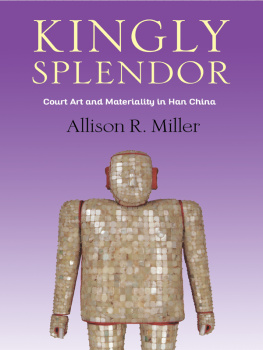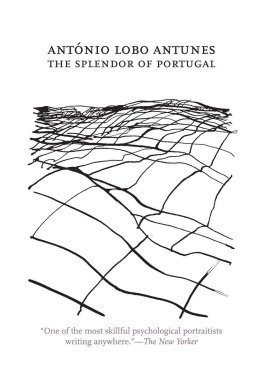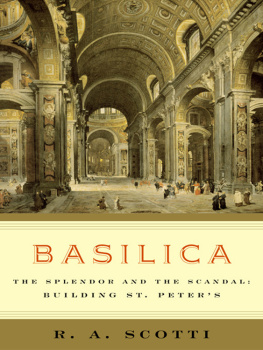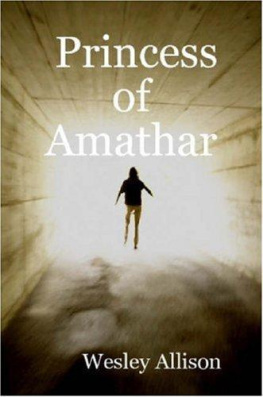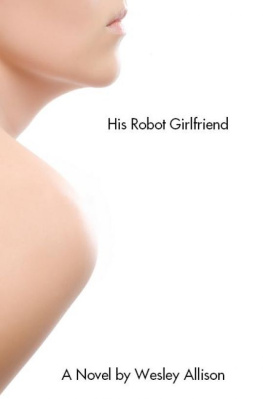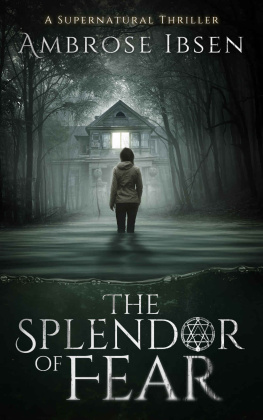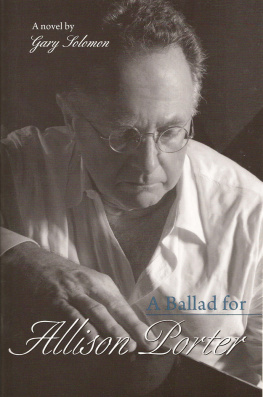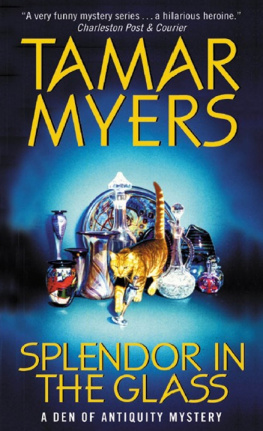
The royal tombs of the Western Han first sparked my interest in 2003 when, as a recent college graduate and Fulbright scholar, I visited several sites while on a research trip to study Eastern Han pictorial carvings in Xuzhou, Jiangsu province. The Western Han sites seized my attention not only because of their elaborate size, architectural complexity, and rich furnishings, but also because they were connected with known historical figures and therefore enabled me to study an aspect of Han funerary art often omitted from scholarly narrativesnamely, the political dimensions of these sites. Later on, at Harvard, my doctoral dissertation would focus on these very aspects, considering the social and political factors that contributed to the development of rock-cut tombs in the Han. This book significantly expands the scope of my original dissertation with new research on Baling and the rock-cut tombs, on the relationship between the kings and the imperial court, as well as on terracotta warriors, jade suits, murals, and purple textiles. It represents the culmination of years of study across three distinct fields: art history, archaeology, and history.
Because this project took several years to complete, I owe a debt of gratitude to many individuals who assisted me along the way. First, I would like to thank my teachers, Professors Donald Harper and Wu Hung of the University of Chicago, who originally cultivated my interests in Han history and art, and the members of my dissertation committee at Harvard: Professors Michael Puett, Eugene Wang, Rowan Flad, and Stephen Owen. Michael Puett served as an enthusiastic and supportive mentor throughout my time at Harvard. His dedication to interdisciplinary approaches to knowledge and the close reading of early texts exerted a tremendous influence on my research path. I am also indebted to Eugene Wang for training me as an art historian and for teaching me the importance of approaching artworks as independent sources of information. Rowan Flad trained me in archaeology and in the careful reading of site reports. Stephen Owen remains a model of how to bring the past to life through refined academic prose. I have continued to rely on my mentors for research assistance over the years, and their work remains a constant inspiration for my own.
Several mentors in China have also exerted a decisive influence on this work. Professor Yang Zhefeng of Beijing University, whom I first met when he was a Fairbank scholar at Harvard, has been a longtime friend and supporter. Yang introduced me to several unpublished sites and works that have been included in this book. Another friend, Nie Fei of the Hunan Museum, has also been a fountain of encouragement and has gone to great lengths to procure image rights and obscure articles on my behalf. Professor Gao Chongwen, also of Beijing University, exerted a formative influence on my understanding of Han archaeology as my adviser during my Fulbright fellowship in 20032004.
Numerous other individuals in China have assisted me with data, site visits, and image permissions: Li Yinde, director emeritus, and Chen Zhao of the Xuzhou Museum; Ma Yongying and Yang Wuzhan of the Shaanxi Provincial Institute of Archaeology; Director Li Fang of the Zhangqiu Museum; Chen Li of the Nanjing Museum; Director Zhao Feng and Liu Jian of the China National Silk Museum in Hangzhou; Director Wang Ruixia of the Qingzhou Museum; Zhuang Mingjun of the Qingzhou City Cultural Relics Management Office; Director Zheng Tongxiu of the Shandong Provincial Institute of Cultural Relics and Archaeology; Li Lihui of the Hunan Museum; Professor Song Yanbo of Shandong University; the Tianjin Museum staff; Qiu Licheng of the Guangdong Provincial Institute of Cultural Relics and Archaeology; and Professor Guo Wu of the Chinese Academy of Social Sciences.
The final manuscript of this book was edited and revised during a fellowship at the Institute for the Study of the Ancient World (ISAW) at New York University in 20182019. I am indebted to Rod Campbell and Lillian Lan-ying Tseng for their support at ISAW and over the years. Several other faculty members, visiting scholars, research associates, and students at ISAW also supported this work, including Ursula Brosseder, Coleman Connelly, Ethan Harkness, David Kertai, Judith Lerner, Pnlope Riboud, Stephanie Rost, Karen Rubinson, Sren Stark, Mi Wang, and Daniela Wolin.
My colleagues in art history at Southwestern UniversityPatrick Hajovsky, Thomas Howe, and Kim Smithalso deserve thanks for their encouragement and feedback over the years. I would also like to thank Julie Sievers for her support, librarian Katherine Hooker for assisting with images, and Dean Alisa Gaunder for financially supporting the project.
Several friends and colleagues read sections of this book and provided feedback. First, a deep debt of gratitude is owed to Howard L. Goodman, who edited multiple versions of this manuscript and made its arguments far more coherent than I could have done on my own. Without his friendship and mentorship, this book would not have been possible. Others who have read sections of the book and provided feedback include Armin Selbitschka, Francis Allard, Sun Yan, Richard Laursen, and Charles Sanft.
I also want to express my heartfelt appreciation to my content editor at Columbia, Anthony Barbieri-Low, for his meticulous editing of the manuscript and insightful suggestions. The anonymous reviewers furnished by the Tang Center for Early China recommended many helpful revisions that improved the book significantly. Finally, I would like to thank the advisory committee of the Tang Center for Early China, the editors and production team at Columbia University Press, and Haiying Weng of the Tang Center for their diligent work on this book. The remaining errors are my own, which I hope readers will forgive.
Many sections of this book were first delivered as invited lectures and conference talks over the years, beginning in 2009: the Early China Seminar Lecture Series at Columbia University; two meetings of the Society for East Asian Archaeology (2016, 2018); two meetings of the Association for Asian Studies (2012, 2016); the Second Conference of the European Association for Asian Art and Archaeology; the University of Texas at Austin (2012, 2017); Palack University, Czech Republic; the University of Pittsburgh; the San Antonio Museum of Art; Wuhan University, China; DePaul University, Illinois; Valparaiso University, Indiana; Westchester Public Library, New York; Beaverbrook Art Museum, Fredericton, New Brunswick; Saint Marys University, Halifax, Nova Scotia; University of Richmond, Virginia; the Bowers Museum, California; and the University of Colorado Boulder. I am grateful to the scholars who offered comments at those talks, which shaped the development of the ideas in this book.
Financial support for this book also came from several sources, including Southwestern University, the Institute for the Study of the Ancient World at New York University, the Fairbank Center for Chinese Studies at Harvard University, the Harvard University Asia Center, the Fulbright Program, and the U.S. Department of Education.
Other friends and colleagues contributed to the production of this manuscript in a variety of ways. Chiu-mi Lai of The University of Texas at Austin facilitated a research associateship that has given me access to critical library resources. I am also indebted to the feedback and encouragement lent by the following colleagues in the field: Aurelia Campbell, Carrie Huichih Chuang, Paul Goldin, Hsu Cho-yun, Guo Jue, Eileen Lam, Sarah Laursen, Sheri Lullo, Kathryn Linduff, Ariane Perrin, Sascha Priewe, Margarete Prch, Elisa Levi Sabattini, David Sena, Yunchiahn Sena, Nancy Steinhardt, Takashi Sakikawa, Chien-hsin Tsai, Griet Vankeerberghen, Leslie Wallace, and Wu Wei. I would also like to thank my graduate school friends for their support: Jade DAlpoim Guedes, Karen Hwang, Youn-Mi Kim, Kris Kleughten, Melissa Wei-Tsing Inouye, Vincent Leung, Michelle Wang, Jan (Honza) Vihan, and Martin Bale, who is deeply missed.


